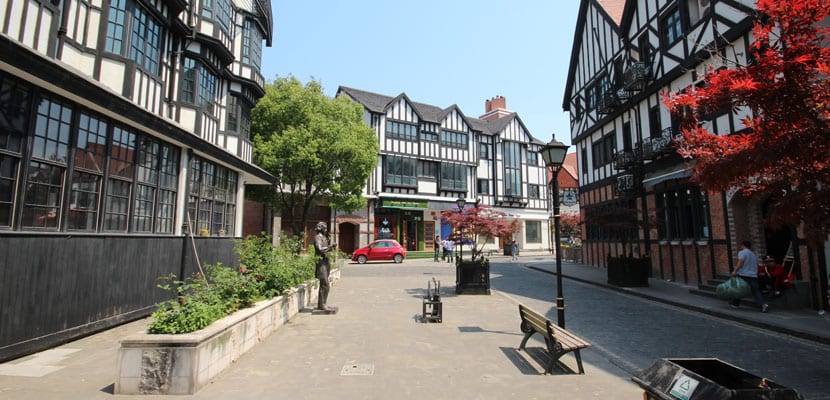
Old Europe still has charm and since the culture that circulates through the media always refers, in one way or another, to it, it attracts visitors from the rest of the world. In any European city we find American, African or Asian tourists.
Everyone wants to know the streets of Paris, the museums of Madrid or the pubs of England. So much that eIn some countries, attempts have been made to recreate the centuries-old European beauty. It is the case of Shanghai where we find Thames Town.
Thames Town

First you have to say that Shanghai is one of the most cosmopolitan and international cities in China. It always has been, it's not new. It is also one of the cities with the most population in the world, approximately 24 million people.
It has always been a city dedicated to maritime trade, great business has always been done here and since Asia came into contact with Europe British merchants and other Old World countries have settled in its streets.
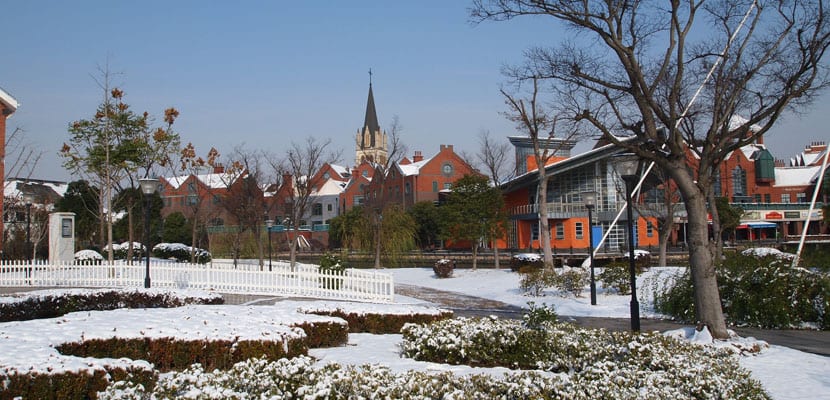
Thames Town is a new part within Songjian district, about 30 kilometers from downtown Shanghai. This district it is a suburban area, millenary, which is considered the cradle of regional culture.
Songjiang and downtown Shanghai are linked by a subway line, 9. The newest thing around here is this residential district named after the River Thames. As its name indicates architecture is european and it seems that you are walking through some London neighborhood.
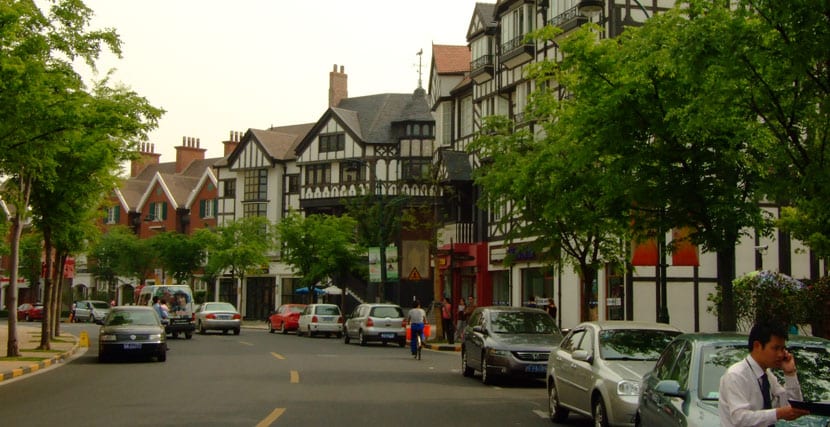
Thames Town is four kilometers long and originally the purpose of its design and construction was to accommodate the population of nearby Sonjiang University City and moving people from downtown Shanghai. It was part of a larger project that involved the construction of a total of nine new cities, all somewhat “themed” in the Western style.
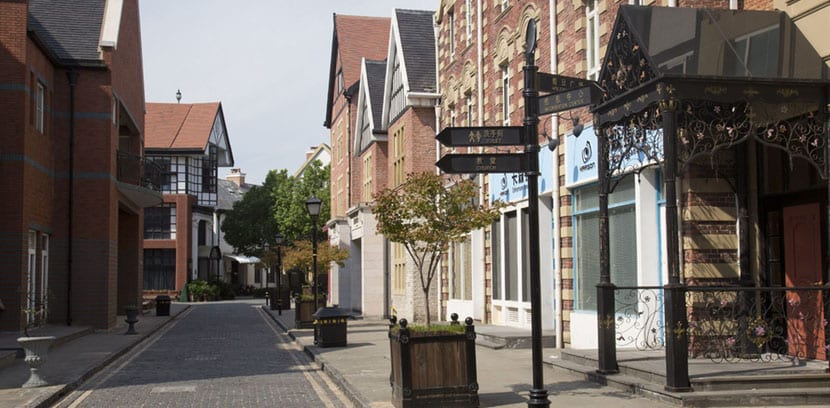
Thus, the project included a German-style city, another Dutch, another Spanish, another Canadian, an Italian and a Scandinavian. The company behind the plans was Atkins and what first saw the light was Thames Town. The works were completed in 2006.
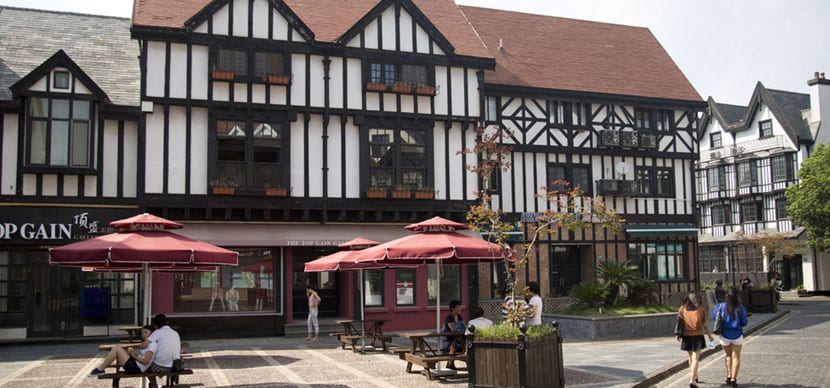
Thames Town occupies a space of one square kilometer and It is designed to be inhabited by 10 people. It is a family neighborhood, with few shops, enough to supply people and nothing else, and it has the purpose of not crowding anyone.
The houses and flats sold very quickly to Expensive prices but the vast majority were sold as "second homes" so the immediate consequence was the rise in prices and that no one will actually live there. A ghost town.
The ghost town of Thames Town
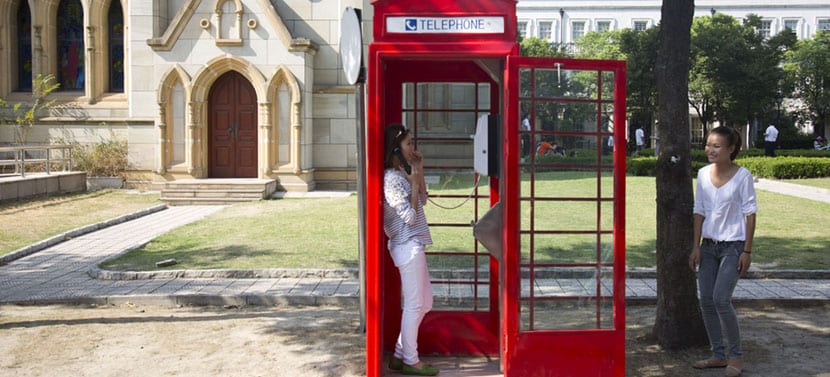
Perhaps the Shanghai authorities did not think that this would be the fate of the new city. Prices rose so much due to the rapid sales that ultimately no ordinary family could buy there and the apartments and houses were left empty.
With owner, but empty. Today we can take the Line 9 metro and get to know this empty but at the same time very picturesque neighborhood. Many of its buildings have been literally copied from the streets of London and from other English cities.
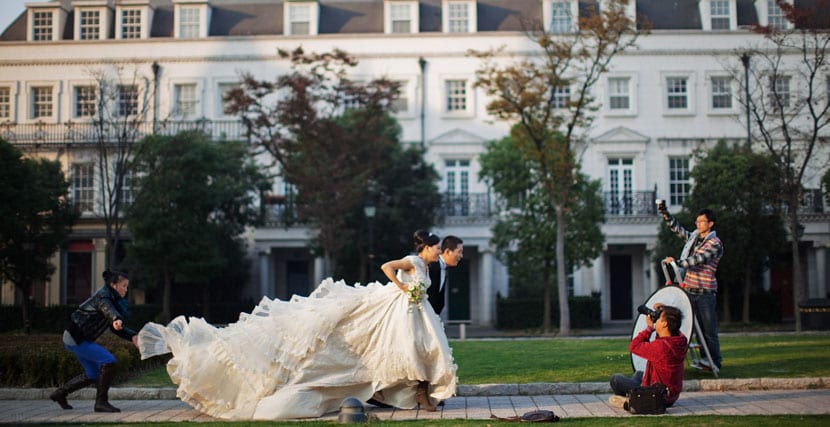
Cobbled streets, European buildings, stones, bricks and not a hair of Chinese architecture. The result is that many of the wedding photography books have it as a favorite setting. It seems incredible but fifteen or 20 years ago here there was only grass, farms and cows.
Today there is a square with a Winston Churchill statue, the English Prime Minister of World War II, pubs, Tudor log houses and some other more medieval place. The truth is that it is picturesque ... as much as an amusement theme park.
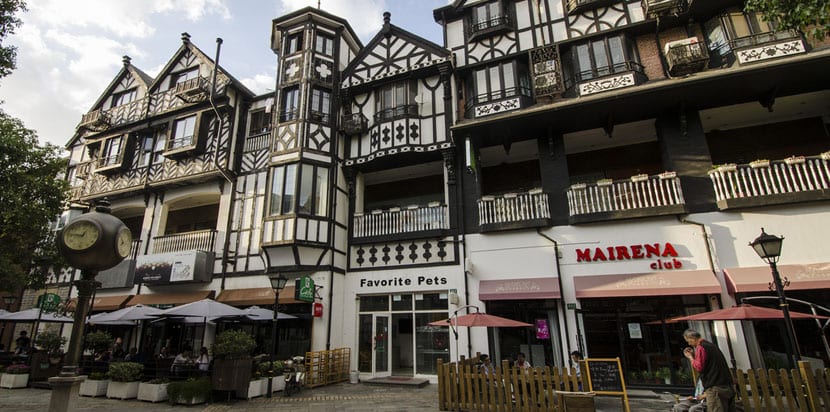
Who would want to live here? Well, maybe it's not very attractive to us, but when you don't have money to catch a plane and travel 16 hours to Europe, from China, this is just around the corner and it can be wonderful.
Beyond personal appreciationss there are many architects who consider that it is poorly built- Proportions are wrong, stone types have been misused, and styles do not match. It is a pastiche.
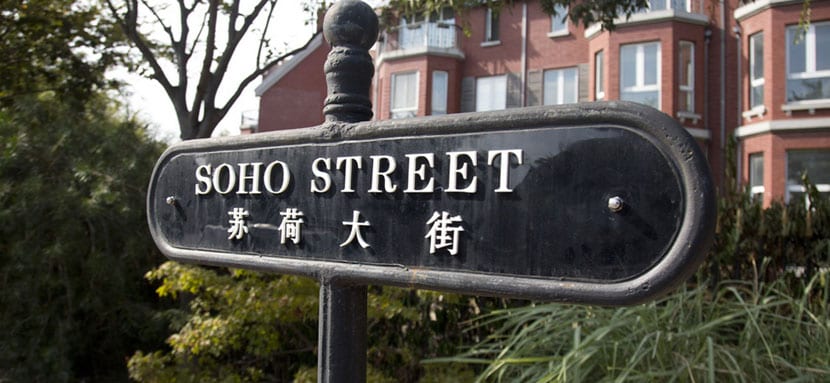
It could be said that more than an English people is a people of what the Chinese understand by English. Obviously, the Chinese don't care. Few live here, although they say that it is slowly coming to life and the people who do have their home are beginning to feel part of a community.
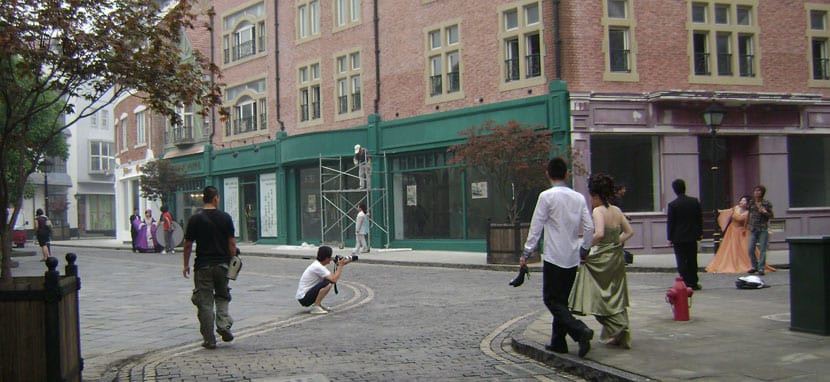
The rest of people come to visit: to take photos, to have a picnic in their empty squares, to walk and dream that they are in England, even for a little while. I don't know if I would live here but if I had it close I would go for a walk, wouldn't you?
The point is that what the Chinese do is not new. The United States, about a century ago, experienced the same mania and if you do a little research you will discover “copy towns” all over the world. The Chinese are the last to join the trend, that's all.
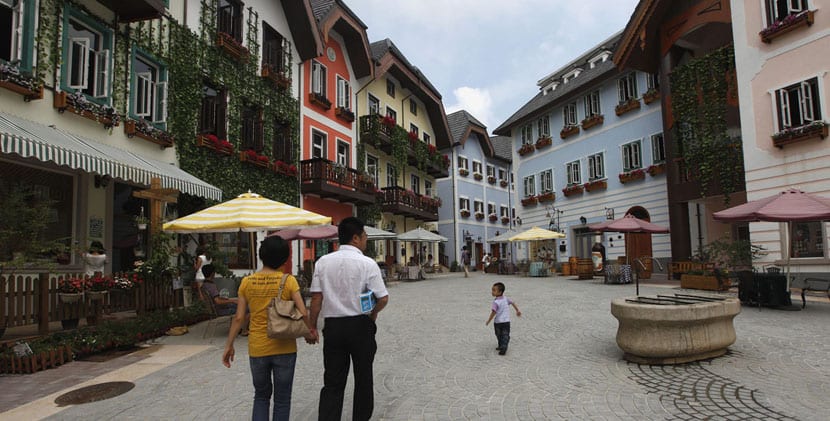
Last year they built a replica of the most beautiful Austrian village of all, Hallstatt, a World Heritage site to boot. They love it, we think it is a kistch detail. And some of us love that they love it.
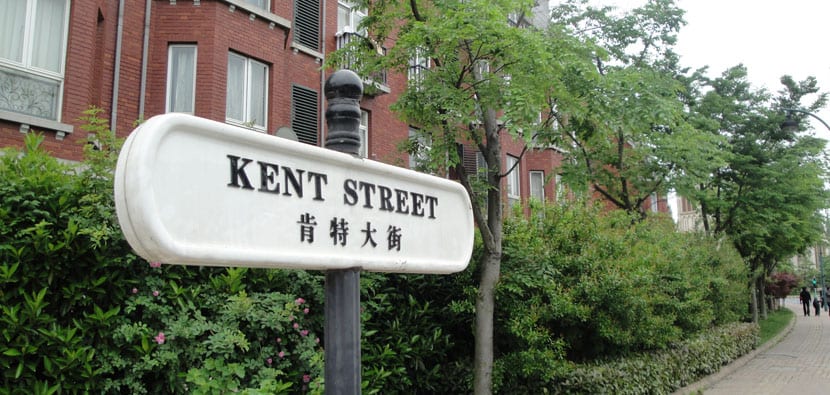
The truth is that this program, "One city, nine towns" that we talked about above, is not a bad idea. Decongesting a megalopolis like Shanghai is something that is still necessary, although uA project like this does not seem to be as accessible to ordinary people who wants to get out of the urban overcrowding.
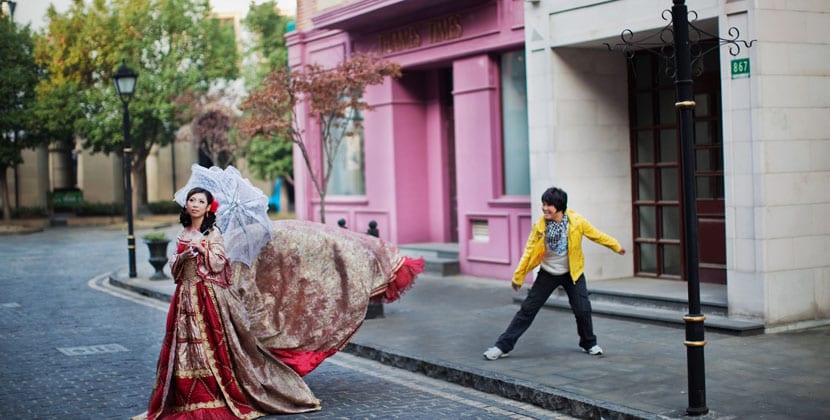
China opens up to the world and the Chinese discover that world and they like it very much so they not only adopt fashions and customs but also architecture. Many of China's nouveau riche end up building Beverly Hills-style mansions, for example, and they do not feel an iota of shame when copying.
I think so! While in this part of the world the copy is frowned upon in Chinese culture everything is fine. They copy a wallet, a pair of Hunter boots, a cell phone, or a building. What is the problem?
Surely there are Chinese architects who do not agree with this "copy mania", after all the cultural heritage of China is ancient enough to do this ... but fashion is fashion. Who understands it, let him know.